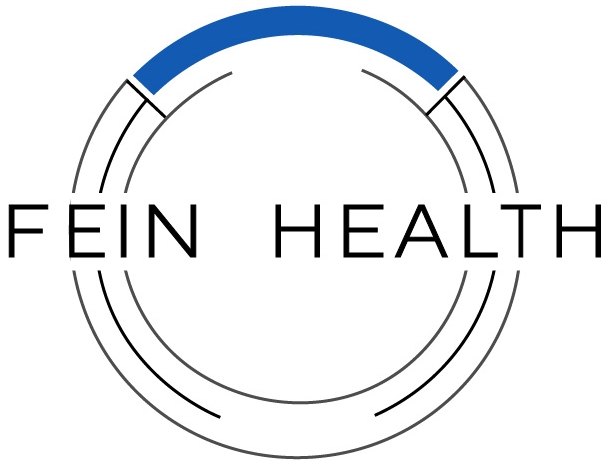Neuroplasticity – your adaptive brain Part 2
Gravity. Gravity has been a constant ever since before the dawn of molecules. Gravity has been something that has shaped life since the very beginning, so it is no surprise that we have developed an extraordinarily sophisticated system for responding to such an inevitable force.
Floating Stone by Smaban Abbas
This system gives rise to balance, our ability to stand and stay upright, most of the time, is an amazing feat of coordination. Inside your skull, inside the bones behind your ears are three small C shaped tubes, these tubes are arranged perpendicular in space and are filled with tiny hairs bathed in fluid. Each of these hairs is connected to a receptor that is connected to a neuron. As you move the viscous liquid flows over these hairs, moving them back and forth like seaweed in the waves. This movement stimulates the receptors and sends a barrage of electrical impulses deep into the brain. The message is one of movement; how fast you have moved and in what direction.
The Vestibulocochlear aparatus
This is just one of the pieces of the puzzle that your nervous system needs in order for you to balance. To build a complete picture, this advanced system of tubes and hairs is used in conjunction with our eyes, our joints, our muscles and our connective tissues. By utilizing the constant downward pull of gravity as the reference point; Our nervous systems are perpetually sampling, communicating and coordinating information in order to build a complete picture of where we are in space. But this is only half of the story of standing.
Another important thing to understand about our nervous systems is that they are not just benign receivers of information. The octopus is not static, the tentacles and receptors are able to move through space. The nervous system is able to coordinate complex actions, such as bowling, fighting, throwing and communicating. Understanding how we initiate movement will complete the other half of the puzzle. The electrical symphony traveling from the receptors to the spine, from the spine to the brain, from the brain back to the spine, from the spine to the muscles, and from the muscles out into the environment. Completing the cycle that connects sensing to action.
Let us come back to standing still. You may not be aware of it, but standing still is remarkably difficult, in order to do so your brain is gathering information from multiple sources; your vestibular system, (those small C shaped tubes inside your skull), from your eyes and all the moveable parts in your body, especially your muscles and joints. But gathering information is not enough to stay erect. Eventually, something has to move. This is where the muscles come in, but muscles without instructions are useless and it is the role of the nervous system to tell them what to do. If you are standing on top of a hill and a strong breeze blows you forwards, your receptors pick up the change in position; this stimulates your brain to contract the muscles in your calves to help to push you back. Then the breeze stops, suddenly you are moving backward, the same occurs, your sensory apparatus picks up the change in position, tells the brain, the brain then shouts to the muscles, which then bring you forwards again, and the cycle repeats. Thus you initiate the constant ebb and flow of standing still.


